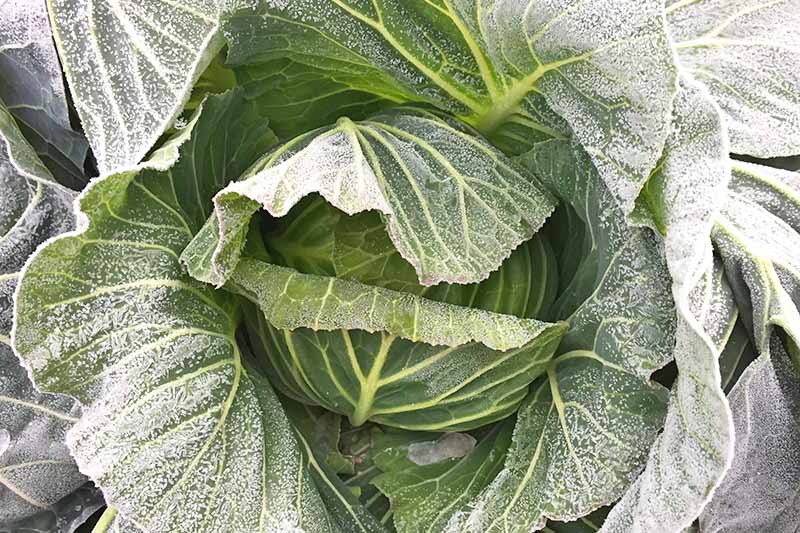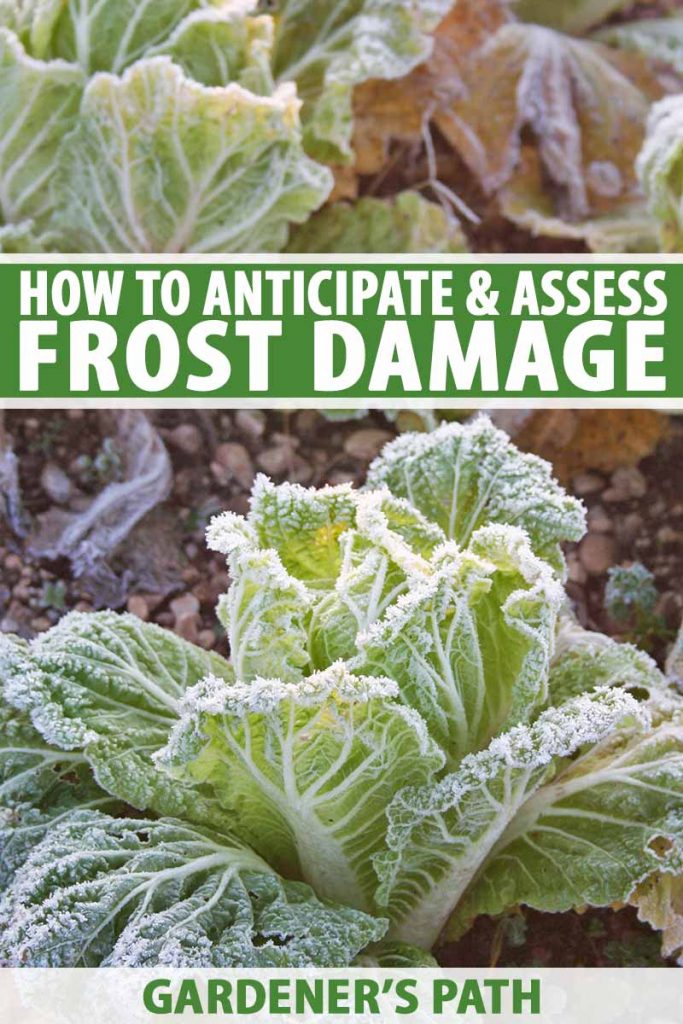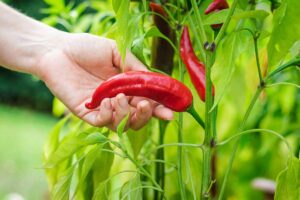Seeing a crop through to harvest can pose a challenge when frost is in the forecast.
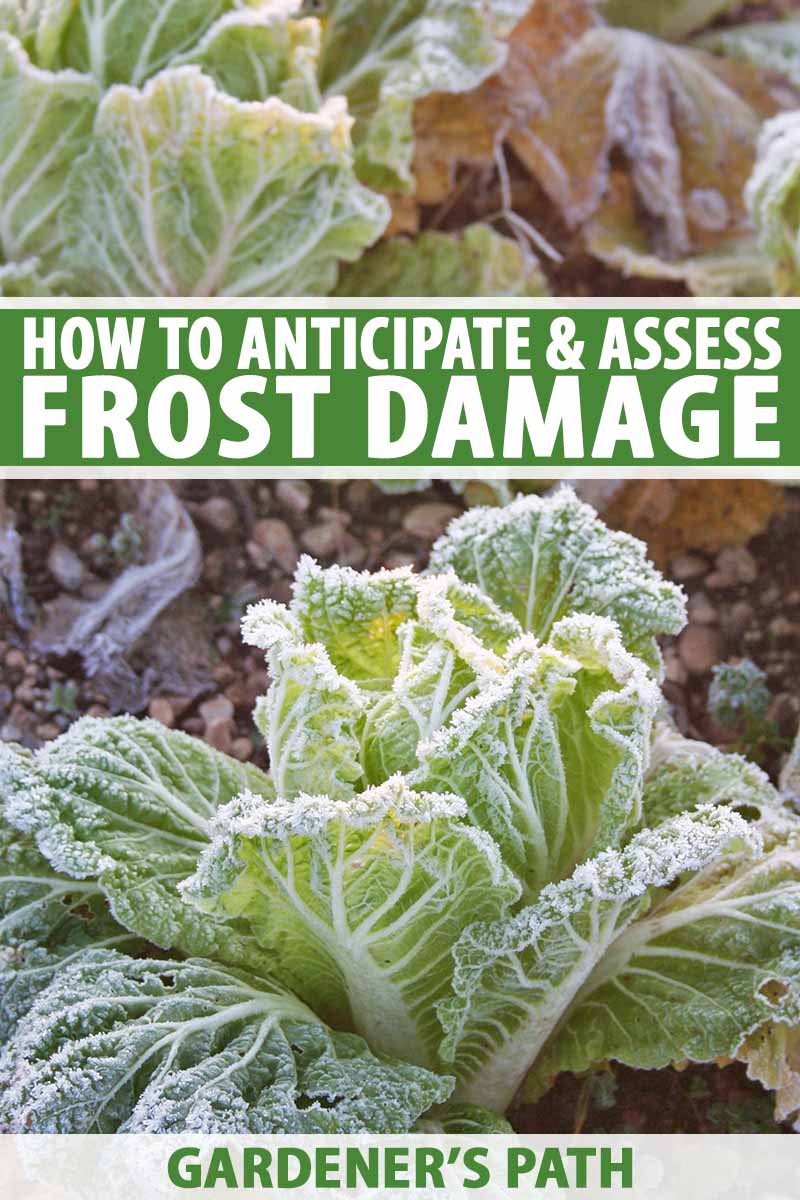
We link to vendors to help you find relevant products. If you buy from one of our links, we may earn a commission.
In this article you will learn about frost, vegetable hardiness, what to do when frost is predicted, and how to evaluate post-frost damage.
What You’ll Learn
What Is Frost?
When water vapor condenses and freezes instead of forming dew, we see ice crystals on outdoor surfaces. This is called hoar, light, or white frost. It forms when the air is moist and the ground temperature drops to 32°F or lower.
And because the ground temperature can be cooler than the air temperature, it may form on the soil even when the thermometer reads above freezing.
Frost damage occurs when ice crystals form inside the tissue of vulnerable plants, causing it to split open and leaching away essential nutrients.
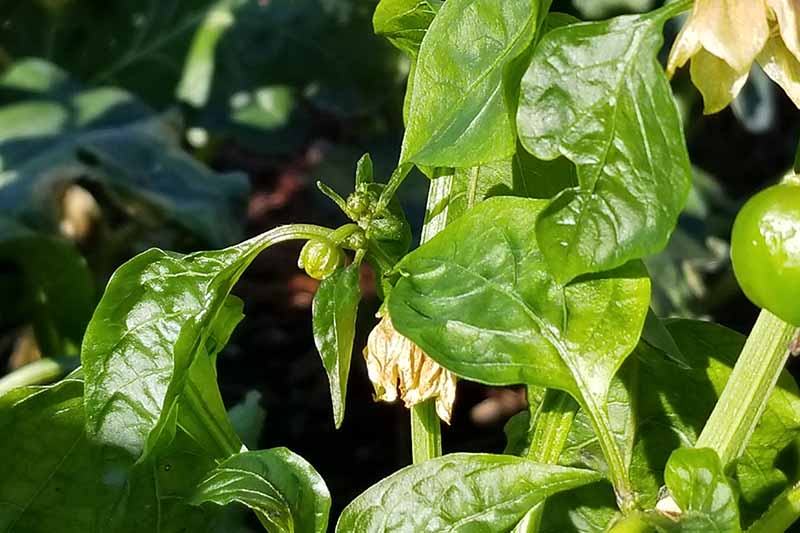
Conversely, when both the air and ground temperatures fall below freezing, and the air is dry, freezing without visible frost takes place. This is called hard or black frost, or a freeze.
A freeze dries out plant tissue – in effect, burning it.
Understanding Hardiness
Vegetables vary, ranging from able to withstand a freeze to being unable to tolerate even a light frost.
Degrees of hardiness in plants are described as:
- Hardy
- Half-Hardy
- Tender
- Very Tender
Hardy
When a vegetable is referred to as “hardy,” according to James Myers, plant breeder and researcher atOregon State University this means it can withstand heavy frost and air temperatures below 28°F.
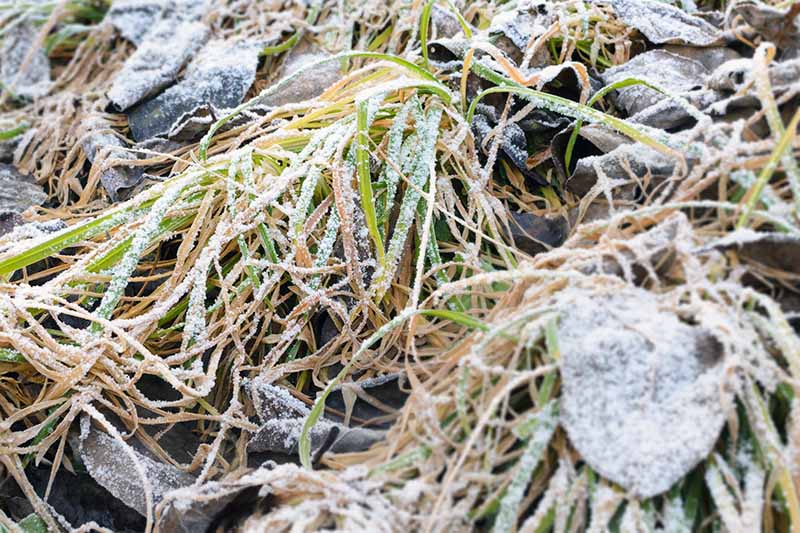
Hardy crops thrive in cool weather with three to six hours of sun per day. Planting time is in early spring or late summer. They react adversely to heat, often bolting – or going to seed – if the temperature spikes.
Examples of hardy vegetables include:
- Arugula
- Asparagus
- Beets
- Brussels sprouts
- Cabbage
- Collards
- Escarole
- Garlic
- Kale
- Kohlrabi
- Leek
- Mustard
- Onions
- Parsnips
- Radishes
- Rhubarb
- Rutabaga
- Spinach
- Turnips
Half-Hardy
Some vegetables are classified as “half-hardy.” They can tolerate one or several light frosts and temperatures in the range of 28-32°F.
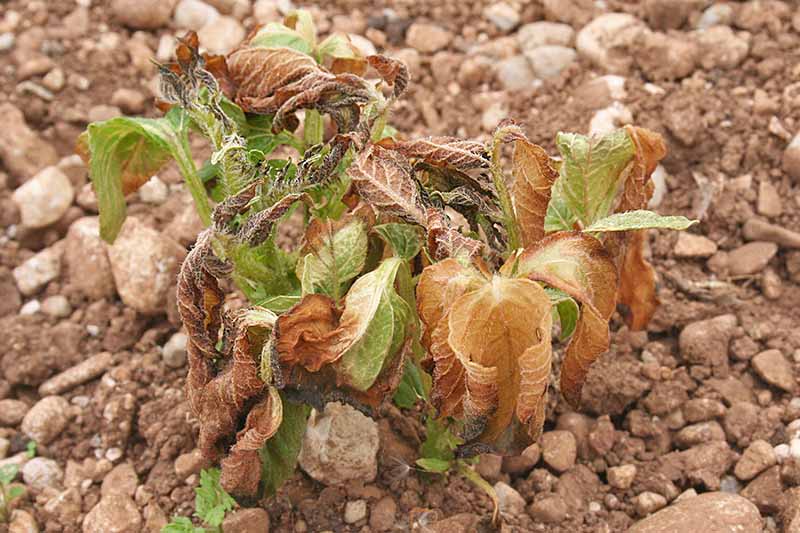
Half-hardy crops also do best in cool weather, however, they need a minimum of six hours of sun each day, also known as “full sun.”
Planting time is in late spring, just before the last frost date, or during the summer, with enough time allowed for maturity in early fall.
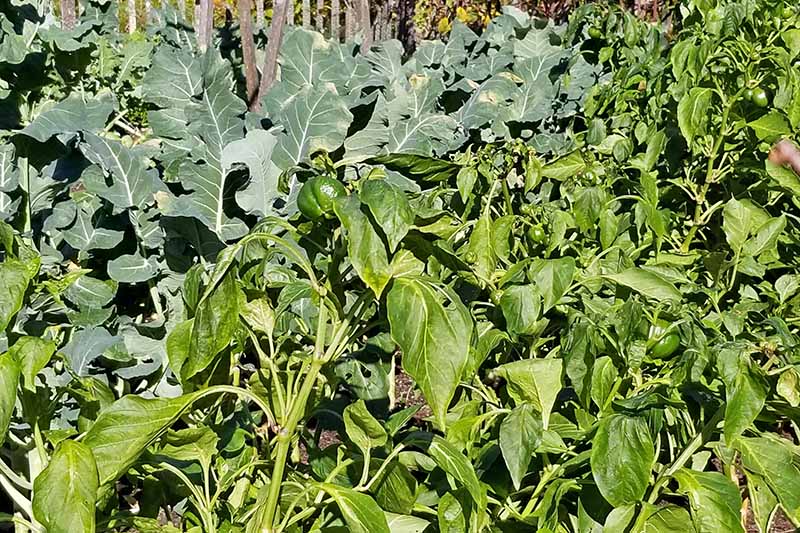
And like hardy plants, they may bolt during a heatwave.
Examples of half-hardy vegetables are:
- Belgian endive
- Bok choy
- Carrots
- Cauliflower
- Celeriac
- Celery
- Chard
- Chinese cabbage
- Escarole
- Jerusalem artichokes
- Lettuce
- Peas
- Potatoes
Tender
Then there are the more fragile crops we refer to as “tender.” They require temperatures above 32°F and may tolerate a light frost.

Tender vegetables need eight hours of sun per day to flourish, and cannot be planted outside until the last average frost date in spring has passed.
Summer planting must take place early enough to allow for maturity before the first average frost date in fall.
Examples of tender crops are:
Very Tender
Finally, there are “very tender” vegetables that require eight to 12 hours of sunlight per day. They can’t tolerate any degree of ice crystal formation, and must be planted after all risk of frost has passed.
A second summer crop must mature before the first average fall frost date.
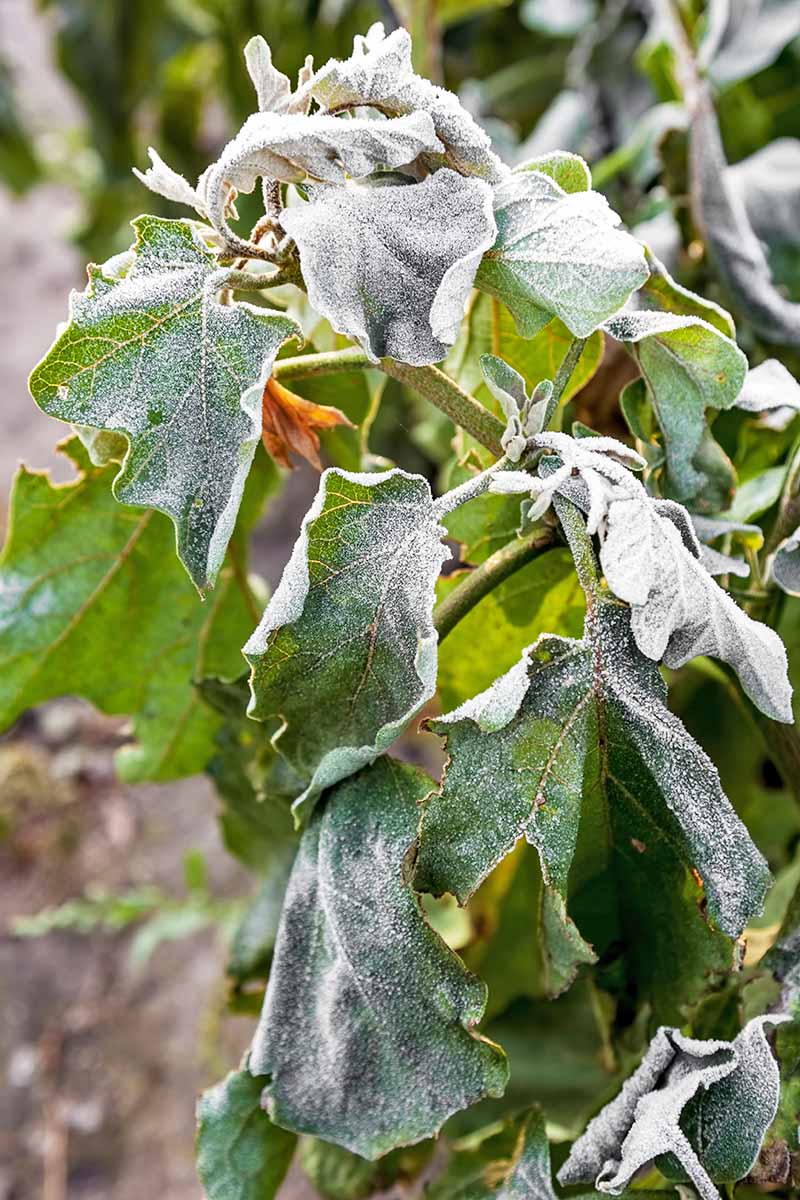
Examples of very tender vegetables include:
Preparing for a Frost Event
As the first frost date approaches, continue watering, taking care to aim your hose at the soil level near the roots, and not over the foliage.
Watering plants during the day before a frost is predicted is beneficial. It allows your crops to absorb moisture, enabling them to retain daytime warmth and generate heat through the evaporative process of transpiration.
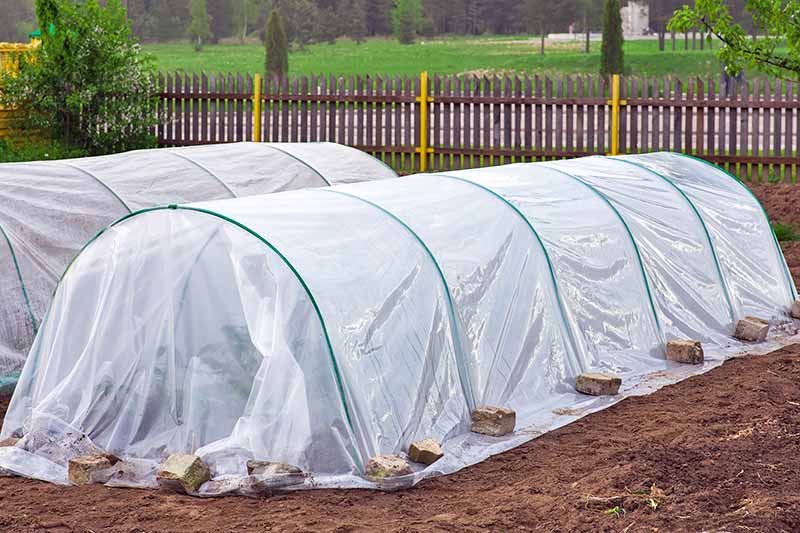
Harvest mature crops, as well as those that continue to ripen after picking, like peppers and tomatoes.
Collect available seeds to save for next year.
Mark plant locations, as the foliage of crops like beets, garlic, and radishes may become water-logged, limp, and unrecognizable.
Hardy types should be fine, and are likely to taste even better at this time of year.
However, half-hardy varieties may suffer damage, and tender and very tender plants may be lost.
Your best bet for maximum salvage is to shield all plants that are not hardy with covers, such as:
- Buckets
- Burlap
- Cloches
- Floating row covers
- Horticultural fleece
- Newspaper
- Trash bags
These can create an artificially warm “microclimate” of protection.
Some folks swear by a thick layer of mulch, but the Farmers’ Almanac warns that this actually invites ice formation, by trapping moisture and heat that would otherwise be released to warm the air around the vegetation.
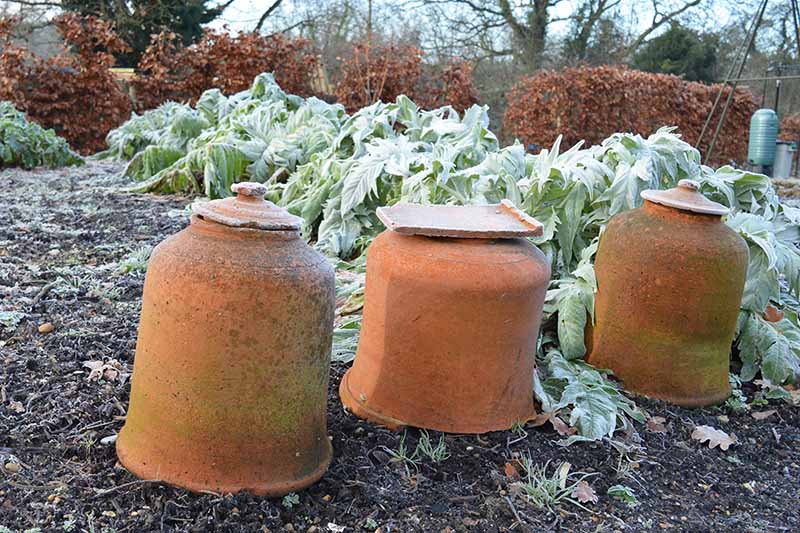
Finally, when covering plants, be sure to anchor protective materials firmly using bricks, rocks, or stakes to prevent them from blowing away in a strong wind.
Once you’ve taken the necessary precautions, the only thing left to do is wait.
Evaluating Post-Frost Damage
For many, the first frosty morning is energizing, marking the definitive end of summer. But for late-season vegetable gardeners, it’s a time filled with anxiety.
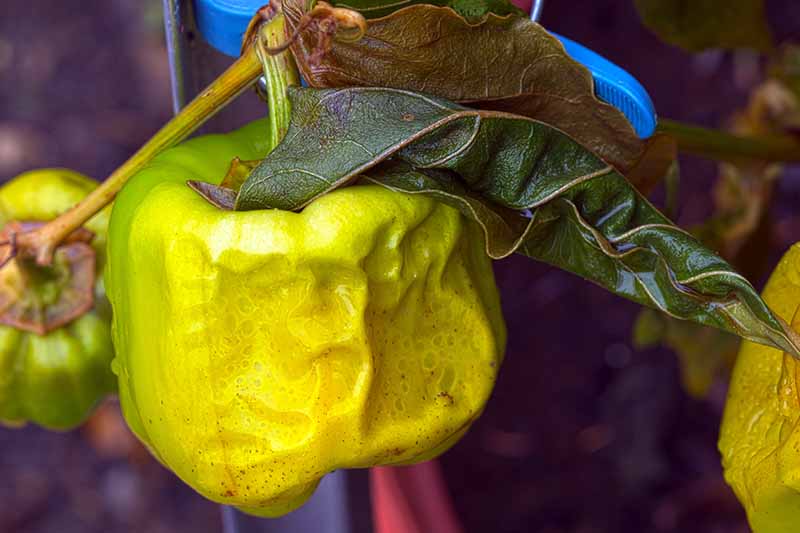
A glistening vegetable garden may look pretty at first glance. Hardier crops, like cabbage, may appear unchanged. However, the foliage of tender types may be dark green and limp, resembling cooked spinach.
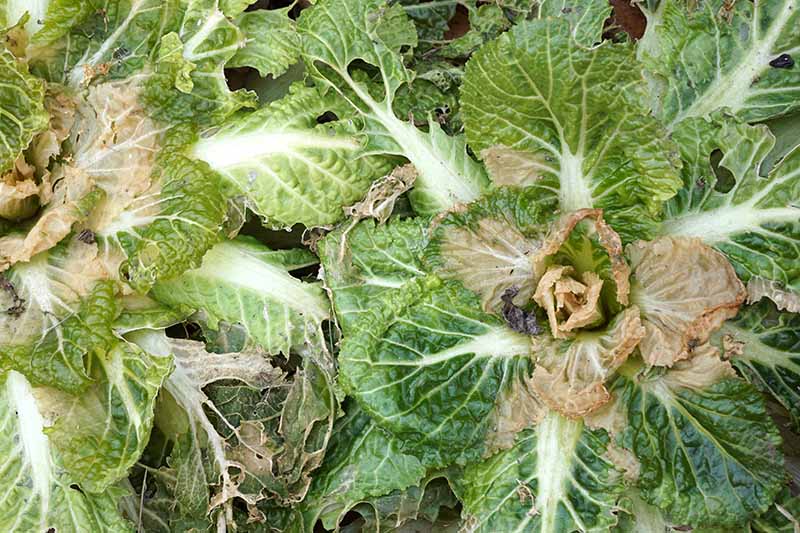
As thawing begins, damage becomes more evident. It may take a day or two for the full extent to become apparent. All parts of a plant may be affected, from the foliage to the roots.
Damage may appear as:
- Blistering
- Bruising
- Cracking
- Discoloration
- Foul odor
- Shriveling
- Slimy texture
- Softness
- Splitting
- Translucence
- Water saturation
Evaluate each crop’s condition. You may be able to cut away the damaged portions and use the rest.

For example, although the outer leaves of cabbage may be soggy, the inner head may be fine. The center florets of a head of broccoli may be brown, but the rest may look great. And even very tender pumpkins may be usable after the vines have died.
Plants that survive a frost usually continue to grow to maturity.
Per the experts at Iowa State University Extension and Outreach, the notion that rhubarb stalks become poisonous after frost is an old wives’ tale. And while it’s true that the inedible leaves contain “moderately poisonous” oxalic acid, after a frost, both the leaves and stalks become so black and mushy, they are unlikely to appeal to anyone anyway!
Meeting Late-Season Challenges
Now that you understand the frost process, crop hardiness, protective measures, and potential damage, you’re ready to meet the challenges of late-season gardening.
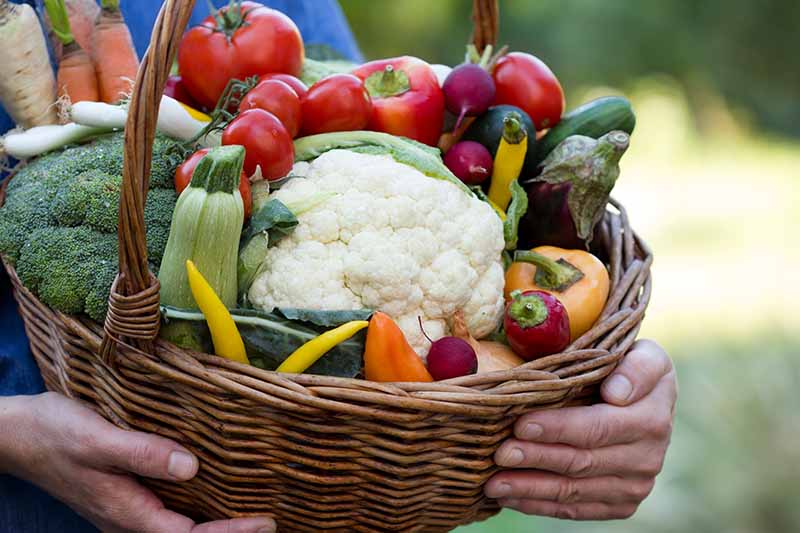
Hardy plants are your best bet for resilience; however, even half-hardy and tender types may survive when covered.
If you’re a huge fan of tender veggies, you may want to consider building your own greenhouse to extend the growing season with ample weather protection.
It’s time to browse the latest seed catalogs and sketch out your best veggie garden ever!
Have you experienced crop damage due to frost in your garden? What are your favorites methods for protecting your plants? Share your stories and questions in the comments below!
If you found this guide valuable, you’ll also find some good info here:
- The 19 Best Cool-Weather Crops for a Productive Fall Garden
- When to Plant Crops in Fall
- Winter Mulching to Protect Cold-Tolerant Crops
- How to Pre-Seed your Garden in Fall for an Early Spring Harvest
Photos by Matt Suwak © Ask the Experts, LLC. ALL RIGHTS RESERVED. See our TOS for more details. Uncredited photos: Shutterstock.
